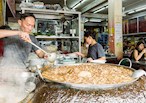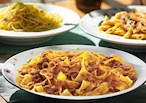Albania is quickly emerging as a must-visit tourist destination, with expectations of welcoming up to 10 million visitors this year. Key attractions include its expansive 450-kilometer Riviera and pristine beaches. This increasing trend in tourism is evident in the statistics: Albania experienced a 35% rise in visitors in the early months of 2023, with predictions to host approximately 10 million by year-end.
 Credits: Shutterstock
Credits: Shutterstock
Several factors contribute to this upsurge. Notably, Albania offers affordable travel options, with hotel services ranging from €30 to €300 per day. Tourists often rave about the nation's natural beauty, delectable cuisine, and the genuine warmth of the Albanian people. Many even express a strong desire to revisit. With comments like “We have good food here, the sun is shining, the sea is beautiful,” it's clear that Albania leaves a lasting impression.
Yet, there is still a long way to go
One of the main reasons for Albania's allure is that it's low-cost destination. And there is a reason for that. Historically isolated under a stringent communist regime, its transition to a market economy in the 1990s was fraught with hurdles. This transition resulted in widespread unemployment, inadequate infrastructure, and a brain drain, as many skilled professionals sought better opportunities abroad. Corruption, though reduced in recent years, remains a significant issue, hindering foreign investments and economic development.
The nation's infrastructure, too, requires considerable attention. Many facilities, from roads to utilities, were either outdated or poorly maintained, impacting the country's attractiveness as an investment destination. Inadequate infrastructure also hampers domestic businesses, making production and transportation more challenging and expensive.
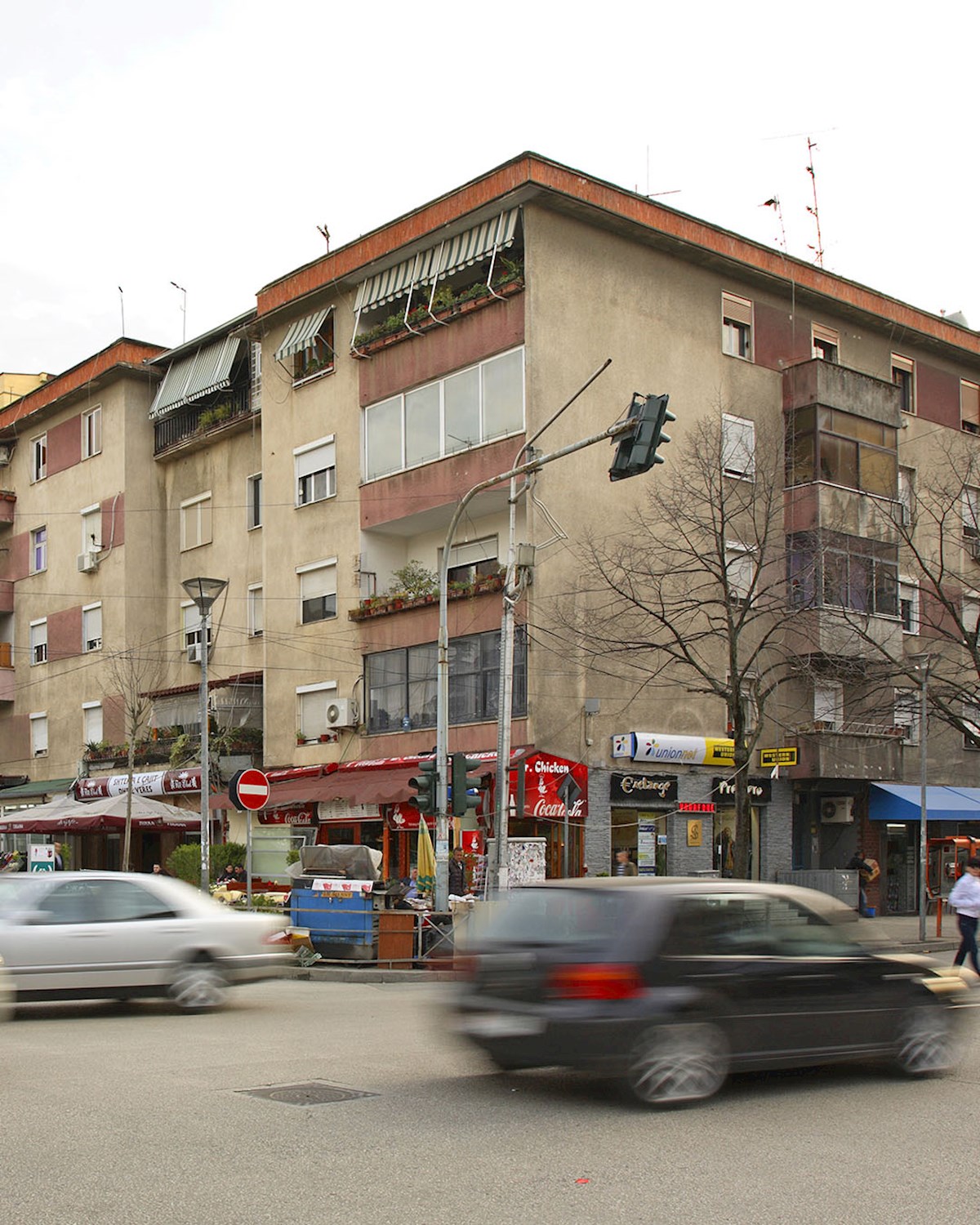 Credits: Shutterstock
Credits: Shutterstock
Additionally, Albania grapples with a considerable informal economy, which, while providing a safety net for many citizens, evades the official tax system, thus straining public finances. While the country has made commendable progress and is keen to join the European Union, addressing these deep-rooted economic issues is crucial for Albania's sustainable growth and prosperity.
Albania's emerging tourist attraction
Despite its allure, Albania remains relatively unspoiled by mass tourism. This grants visitors the opportunity to explore untouched natural beauty, unique culture, and genuine experiences. Gazi Haxhia, CEO of the travel agency Landways International, notes, "Albania is still relatively undiscovered."
 Credits: Shutterstock
Credits: Shutterstock
The nation's efforts to boost its tourism industry are evident. Several projects are in the pipeline, including the opening of the luxurious Meliá Dürres Albania and the construction of one of the world's largest marinas in the port city of Durrës. Moreover, airlines and tour operators are expanding their offerings to cater to Albania's increasing popularity.
A small, but diverse country
Albania boasts a tapestry of regions each with its unique charm and historical significance. The coastal region, a gateway to the Ionian and Adriatic Seas, spans from the bustling town of Vlorë, home to the Independence Monument and Kuzum Baba, up to the picturesque city of Shkodër, which is anchored by the historic Rozafa Castle. Along this stretch lies the famous Albanian Riviera, dotted with pristine beaches like Ksamil and captivating ancient ruins such as those in Butrint, a UNESCO World Heritage site that narrates tales from the Illyrian, Byzantine, and Ottoman eras.
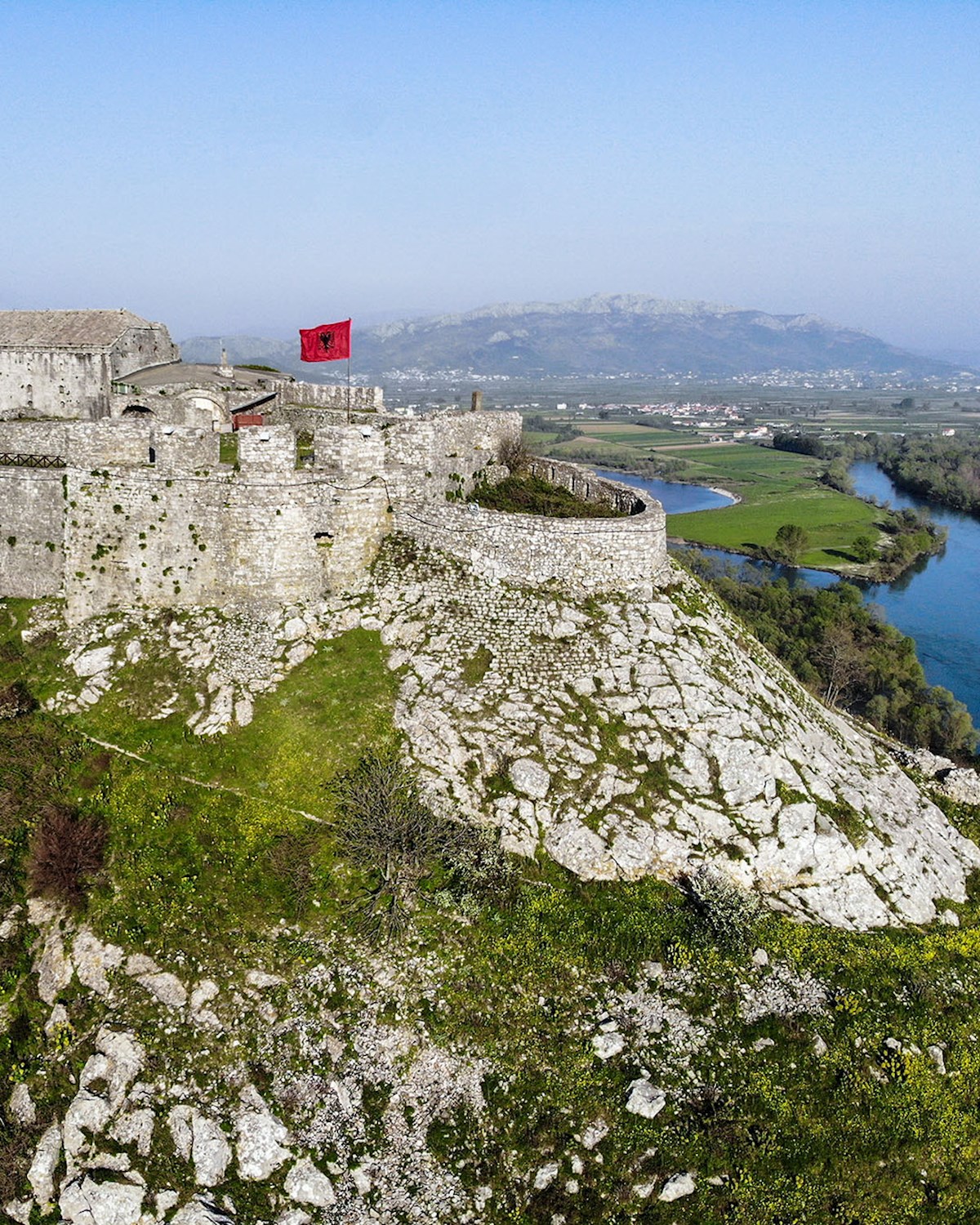 Rozafa Castle - Credits: Shutterstock
Rozafa Castle - Credits: Shutterstock
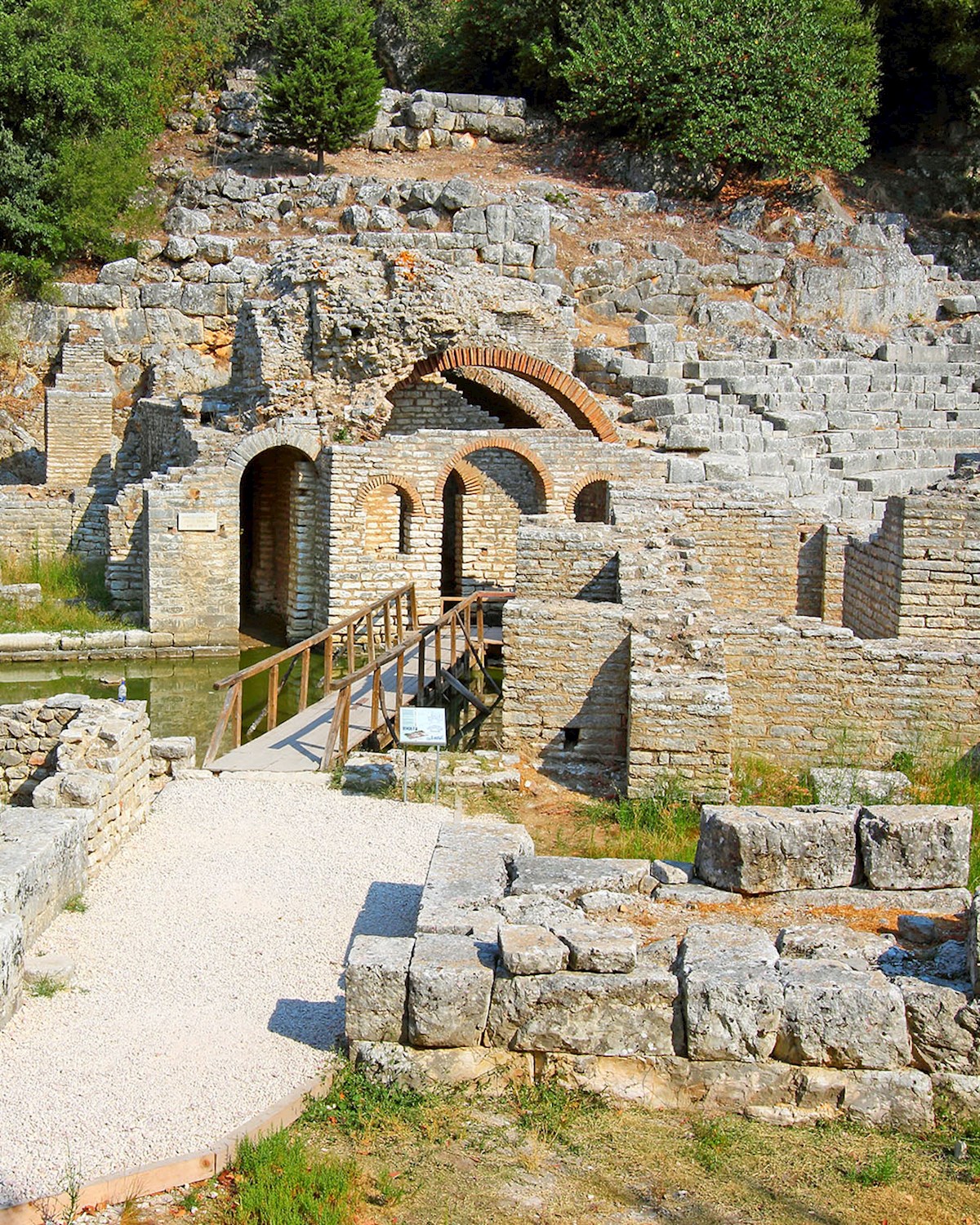 Butrint - Credits: Shutterstock
Butrint - Credits: Shutterstock
Moving inland, the central region encompasses the dynamic capital, Tirana, and the historic city of Durrës, bearing testimonies of Roman and Byzantine influences. The rugged northern region is marked by the Albanian Alps, with its serene landscapes offering breathtaking vistas, traditional villages, and adventurous trails such as the Valbona Valley. Traditional stone houses, age-old customs, and warm hospitality define the northern villages, making it a culturally immersive experience for visitors.
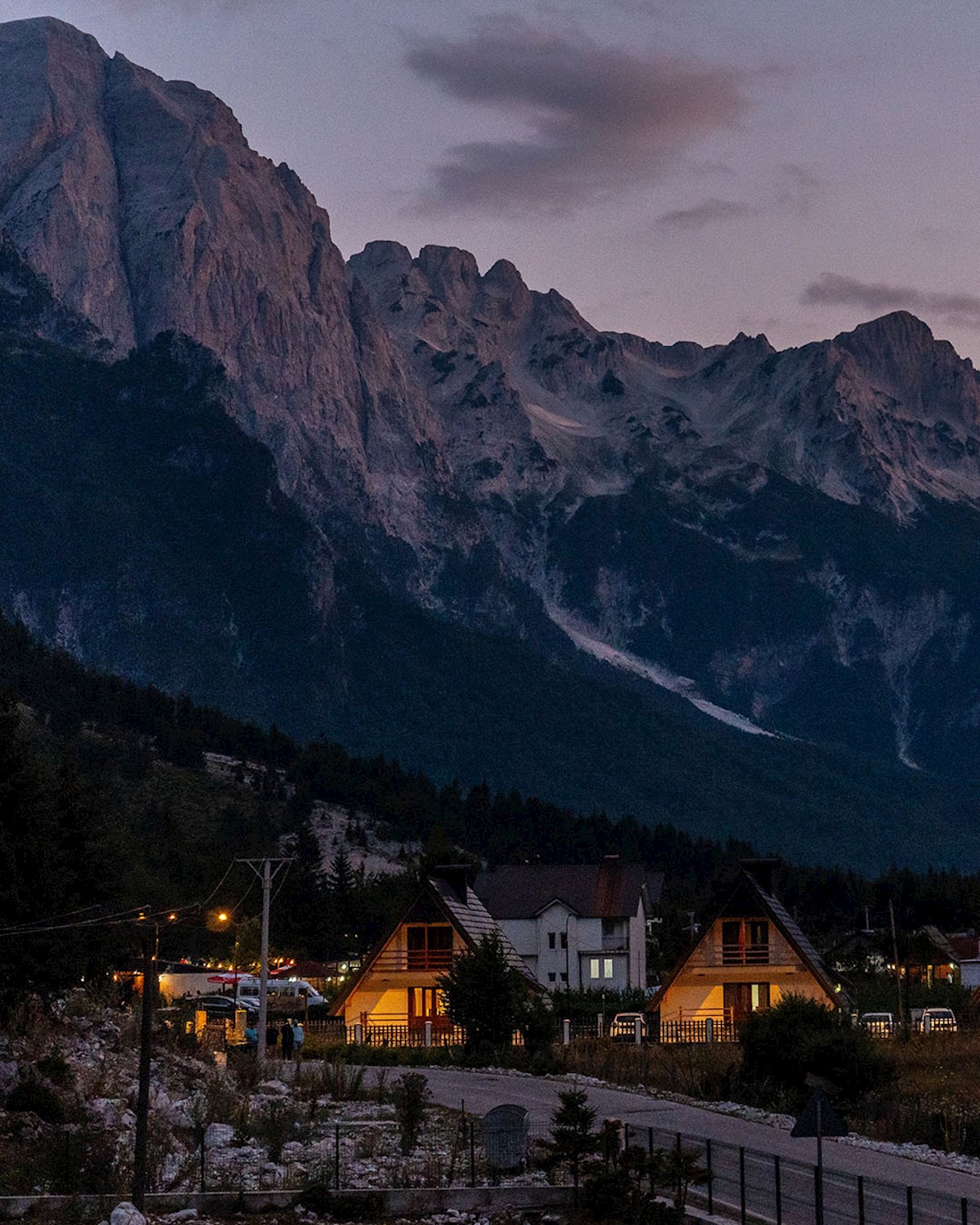 Valbona Valley - Credits: Shutterstock
Valbona Valley - Credits: Shutterstock
In contrast, the southern region is a meld of crystal-clear springs, classical Greek ruins, and Ottoman architecture, with cities like Gjirokastër and Korçë showcasing a rich cultural heritage. Each of these regions, is distinct in its offerings, and versability is in high demand among today's tourists.
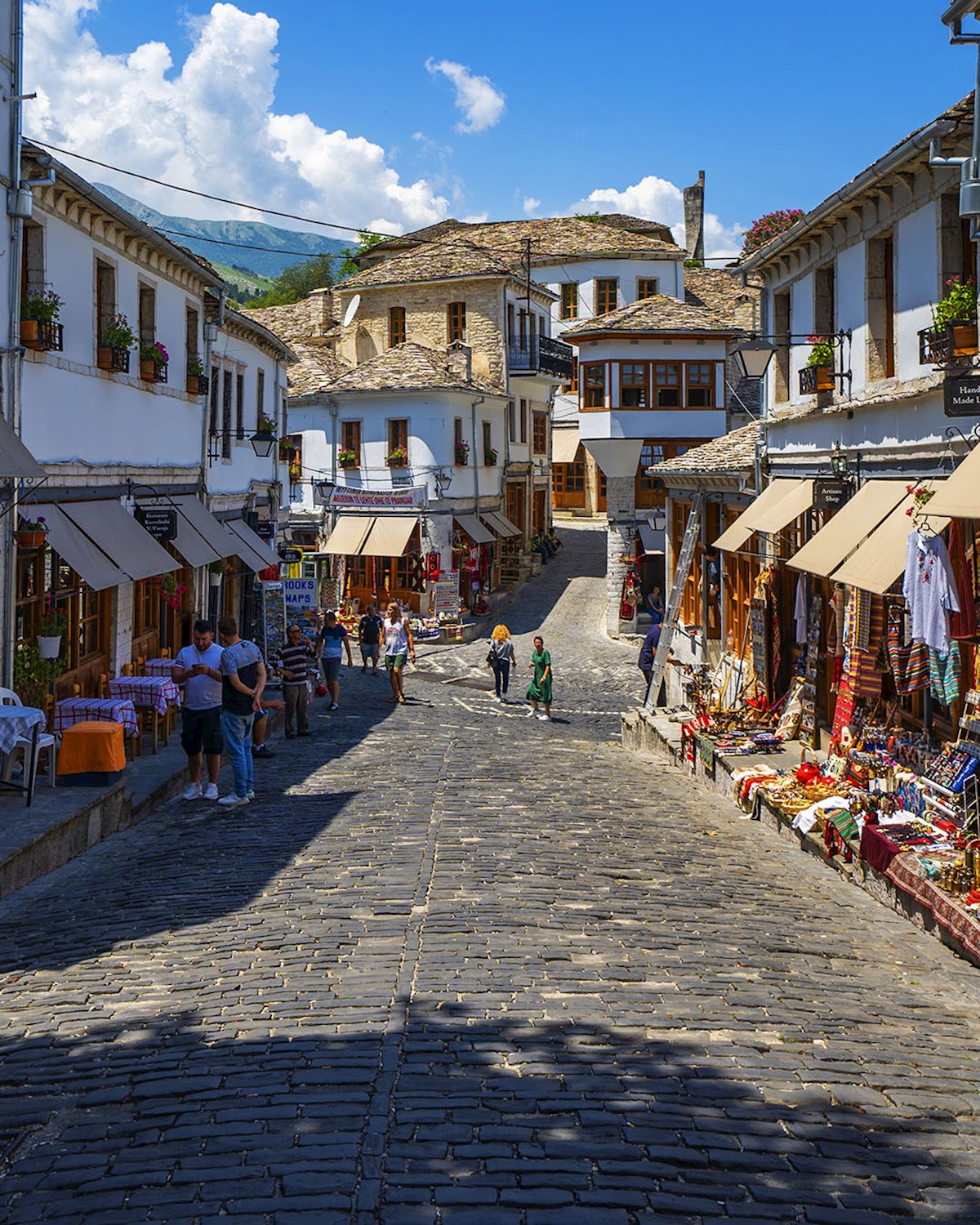 Gjirokastër - Credits: Shutterstock
Gjirokastër - Credits: Shutterstock
Albanian eats: A blend of Mediterranean magic and authenticity
And when it comes to Albania's cuisine, visitors have a lot of delicious options. Albanian cuisine is a rich tapestry of Mediterranean flavors, drawing influences from Greek, Italian, and Turkish culinary traditions while maintaining its unique character. Staples include fresh vegetables, meats, dairy, and a variety of herbs and spices. Dishes often feature lamb, chicken, or fish, paired with ingredients like eggplant, peppers, tomatoes, and olive oil.
 Credits: Shutterstock
Credits: Shutterstock
One can relish tavë kosi, a savory baked yogurt and lamb dish, or dive into byrek, a flaky pie filled with spinach, cheese, or minced meat. Seafood is prevalent along the coastline, while mountainous regions offer hearty meat dishes. Preserving ancient techniques, Albanian cooking is a testament to the country’s rich history and diverse geography, resulting in flavors that are both familiar to the Mediterranean palette and distinctively Albanian.
10 FOODS AND BEVERAGES YOU HAVE TO TRY IN ALBANIA
Tavë kosi
Tavë kosi is a traditional Albanian dish made from baked lamb and rice, covered in a flavorful yogurt-egg sauce. Often enjoyed as a comforting main course, its creamy texture and savory flavor make it a favorite among locals and tourists alike.
 Credits: Marko Milicevic
Credits: Marko Milicevic
Rakija
Albanian rakija is a potent fruit brandy, commonly distilled from grapes, plums, or other fruits native to the region. Revered for its strong taste and cultural significance, it is often consumed during social gatherings, ceremonies, and traditional celebrations.
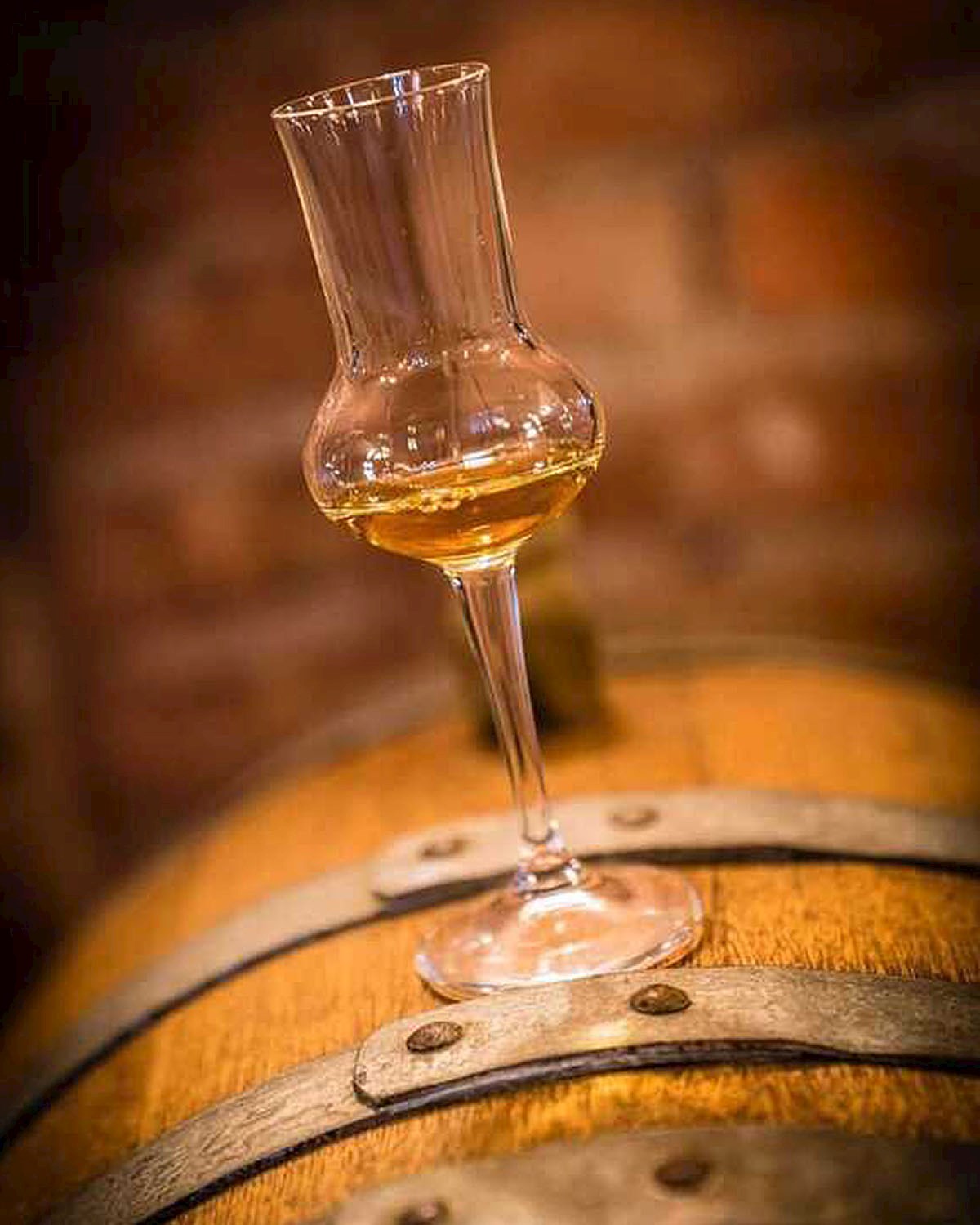 Credits: Kantina ARBËRI
Credits: Kantina ARBËRI
Qofte fërguara
Qofte fërguara are traditional Albanian fried meatballs made primarily from ground meat, herbs, and spices. These succulent meatballs are typically served with side dishes like yogurt sauce or fresh salads.
 Credits: Shutterstock
Credits: Shutterstock
Learn more about Qofte fërguara
Flija
Flija is a multi-layered pancake-like dish deeply rooted in the culinary traditions of Albania and Kosovo. Made with a simple batter of flour, water, and salt, the layers are brushed with cream and baked using a "sah" or metal lid, often over an open flame.
 Credits: FLIJA DHE BAKLLAVA ME POROSI
Credits: FLIJA DHE BAKLLAVA ME POROSI
Gjizë
Gjizë is a traditional Albanian cheese made from the curds of sheep or cow milk. It has a crumbly texture, somewhat similar to ricotta, and is often used as a filling for various dishes or enjoyed on its own with bread.
 Credits: sunnykitchen_ | Sosela
Credits: sunnykitchen_ | Sosela
Shapkat
Shapkat is a beloved Albanian corn pie dish layered with greens, often made with spinach or leek. The combination of the slightly crumbly cornbread with the tender greens makes for a harmonious taste and texture.
 Credits: Brikena Metaj
Credits: Brikena Metaj
Wild lily tea
Wild lily has traditionally been gathered in early to mid-summer from the alpine meadows by the Kelmendi community in Lëpushë. Distinguished by beautiful, turban-like flowers, this wild plant has been harvested for its bulbs and leaves, which are dried and used to prepare traditional teas and infusions.
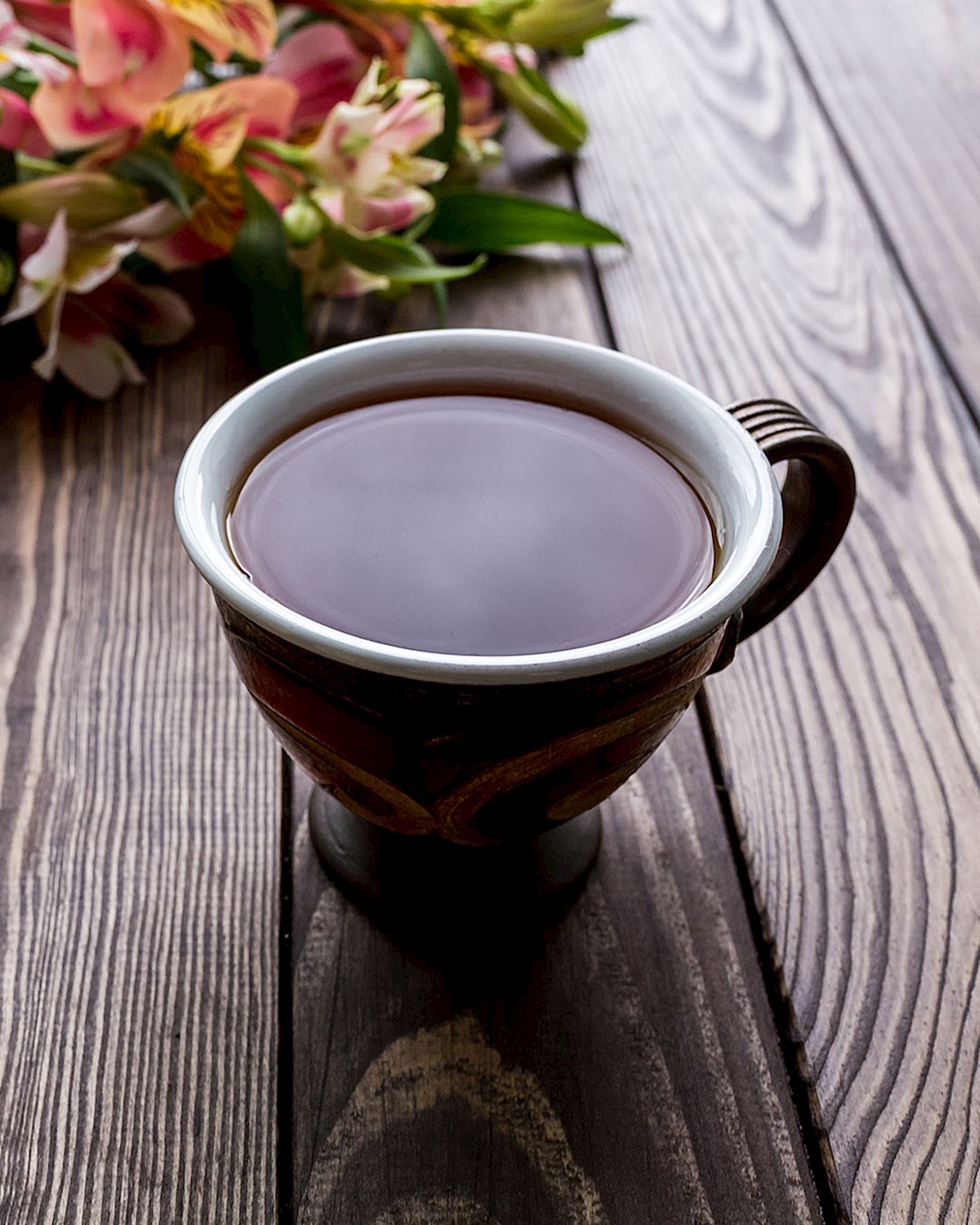 Credits: Shutterstock
Credits: Shutterstock
Learn more about Wild lily tea
Gorani boza
Gorani boza is a popular traditional fermented drink in the Gora region, located between Kosovo, Albania, and North Macedonia. Made from millet or corn, it has a thick consistency and a tangy, slightly sweet flavor.
 Credits: Shutterstock
Credits: Shutterstock
Fërgesë Tirane
Fërgesë Tirane is a classic dish from the region of Tirana, the capital city of Albania. It is made with a delectable mixture of sautéed peppers, tomatoes, and cottage cheese or curd, often with the addition of meat like liver.
 Credits: Mamma Mia
Credits: Mamma Mia
Learn more about Fërgesë Tirane
Qumështor
Qumështor is a traditional Albanian dessert characterized by its creamy, pudding-like consistency. Made from simple ingredients such as milk, sugar, rice, and vanilla, it is similar to rice pudding but often with a smoother texture.
 Credits: Danjela Metushi
Credits: Danjela Metushi
Eat local in Albania: www.tasteatlas.com/albania


